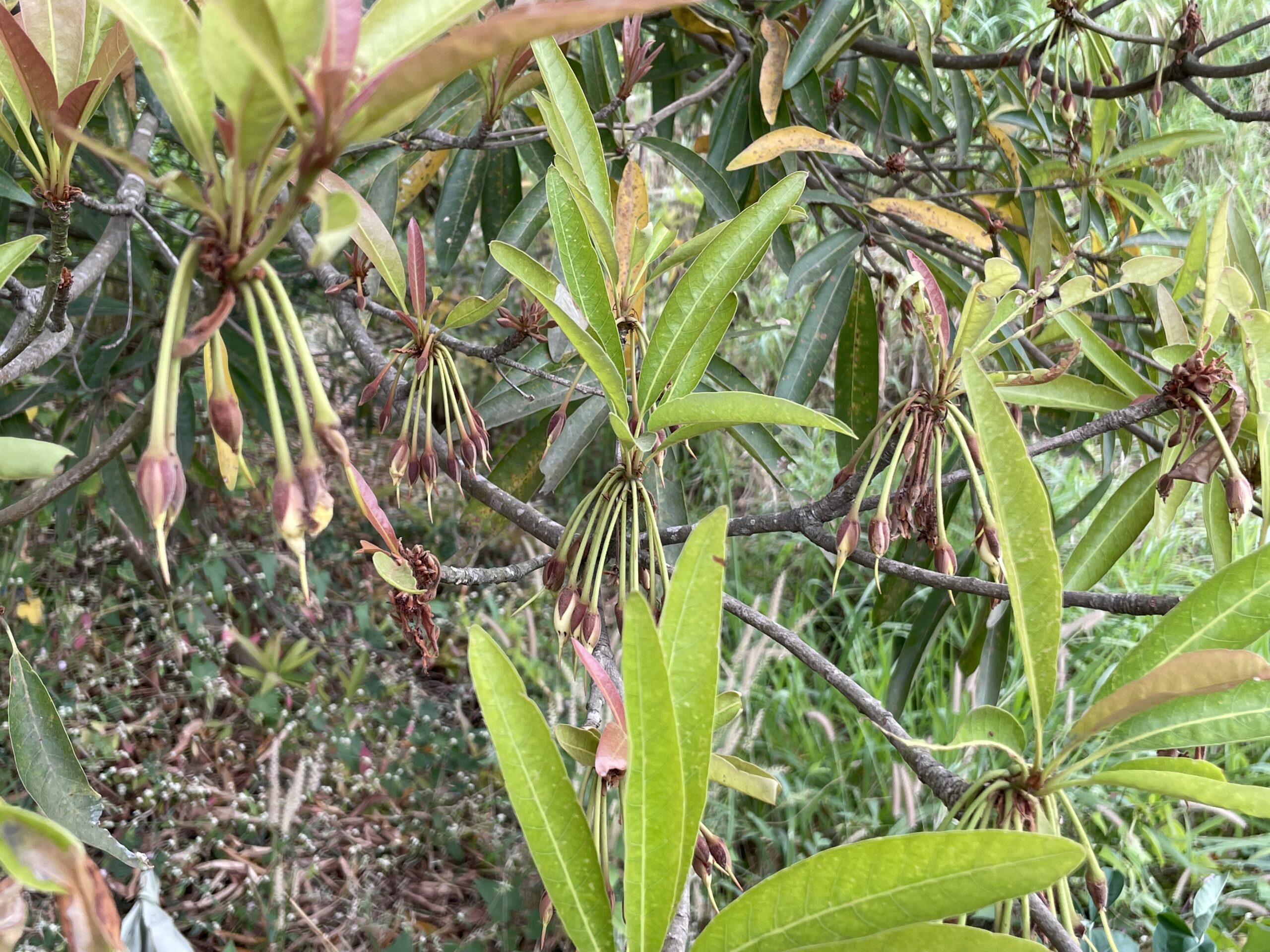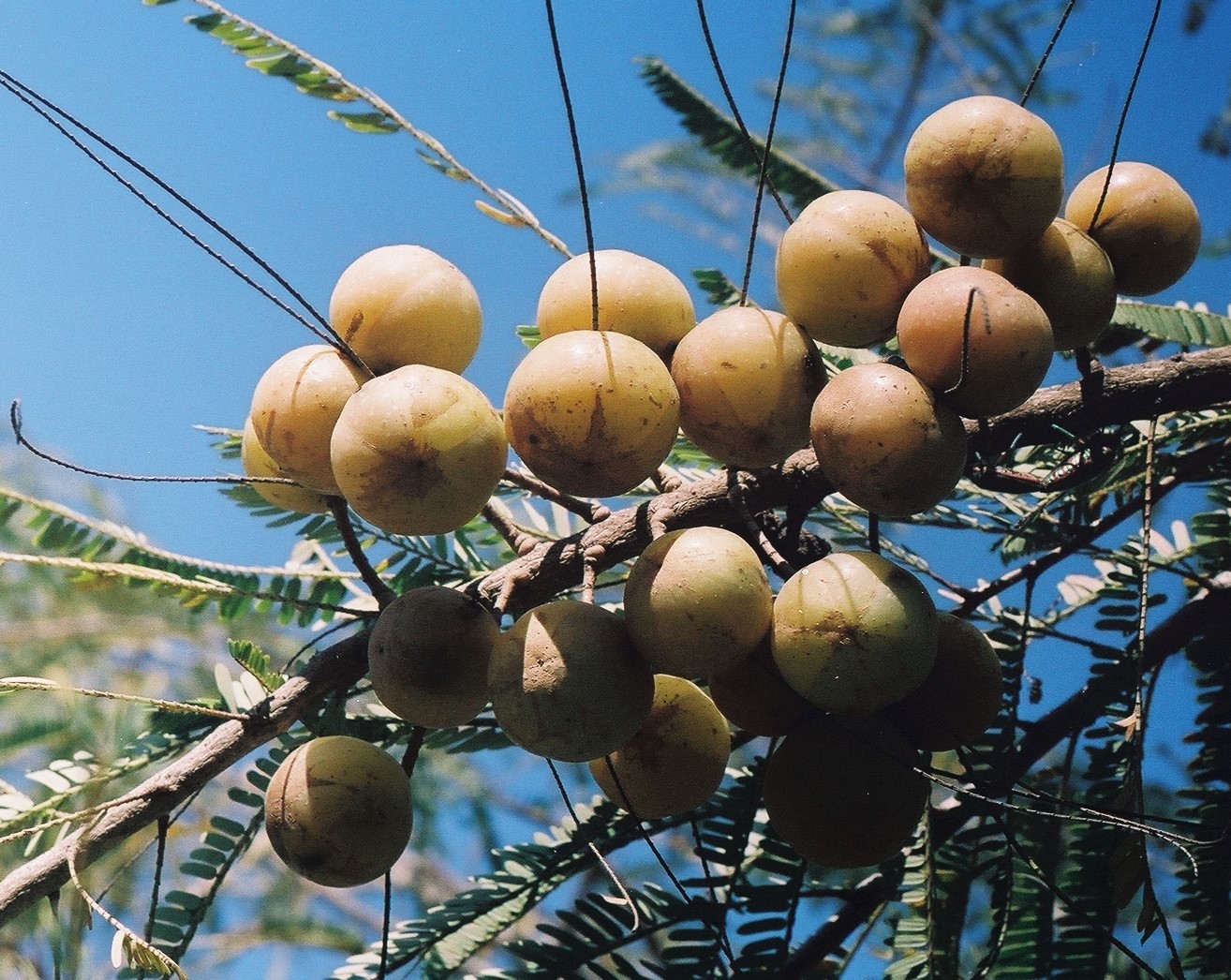Week and Your Plants – February 12 to February 18
Zodiac sign : Capricorn / Makaram
Dalbergia latifolia / Veetty
These are the plants grown in dry and moist deciduous forests, It is grown as a plantation wood in both India and Java, often in dense, single species groves, to produce its highly desirable long straight bore. Wood from the tree is used in premium furniture making and cabinetry, guitar bodies and fretboards, exotic veneers, carvings, boats, skis, and for reforestation.
February 12, Monday : Poororutathi : Mangifera indica (മാവ് ) - Anacardiaceae
A large evergreen tree of multiple utility. For wood, fruit, medicine and more. The fruits are sweet and delicious with high market demand. An infusion of leaves and bark is used as an astringent, and it is applied as a mouth wash for toothache, sore gums, sore throat, and similar affections. The trees are of significance in spiritual functions.
February 13 Tuesday : Uthratathi : Borassus flabellifer (പന ) - Arecaceae
A multipurpose palm for timber, fibre, leaves, fruits etc. The Palmyra palm (Borassus flabellifer) leaves are used for thatching, mats, baskets, fans, hats, umbrellas, and as writing material. Tala (Toddy palm) – Borassus flabellifer is an Ayurvedic plant used for the treatment of general debility. The fermented sap from the tree is popular as toddy or boiled down to make sugar blocks, also known as palm ‘jaggary. The germinating ones are used for edible purpose.
Zodiac sign : Aquarius / Kumbam
Prosopis cineraria (വഹ്നി ) - Fabaceae
Thorny trees of costal and dry zones providing fodder, fuel for timber, and shade, as well as affecting soil improvement and sand dune stabilization. Known to be used for Treatment of various ailments like leprosy, dysentery, asthma, leukoderma, dyspepsia and earache etc.
February 14, Wednesday : Revathy : Madhuca longifolia (ഇലിപ്പ) - Sapotaceae
It is an evergreen multipurpose tree with with dense crown and leaves crowded at branch tips and milky latex, that is very important to the local economy, supplying a range of foods, medicines and other commodities. Flowers and fruits are edible. An oil extracted from the seed is used both as a substitute and an adulterant of ghee. Seeds are used in rheumatism and skin infections.
February 15, Thursday : Aswathy : Strychnos nux-vomica (കാഞ്ഞിരം ) – Loganiaceae
It is a medium-sized tree with a dense, rounded crown and opposite shining green leaves which have prominent three to five nerves from base. Fruits with hard rind orange yellow in colour having discoid large grey seeds. It has long been used medicinally, even though it is extremely poisonous in all but the smallest doses. It is a rich source of the alkaloid ‘strychnine’. The seeds are used for the treatment of fever, loss of digestive power, neurological problems, skin problems, cholera etc.
February 16, Friday : Bharani : Phyllanthus emblica (നെല്ലി ) - Phyllanthaceae
The plant is commonly cultivated in the home garden, especially in India, for its edible fruit and as a medicinal plant. Acclaimed as a good source of vitamin C. Fruits are used for the treatment of haemorrhage, diarrhoea, dysentery, anaemia etc.together with Terminalia chebula (Kadukka) and Terminalia bellirica (Thannikka) it constitutes a well-known Ayurvedic formulation Triphala. Timber also used.
February 17, Saturday : Karthika : Ficus racemosa (അത്തി) – Moraceae
Large deciduous trees with rough leaves and milky latex. The distinctive feature of the tree is the red, furry fruits (syconium) in short clusters, which directly grow out of the trunk of the tree. Fruits are edible. Stem bark, exudate and buds are medicinally important. This is one of the Nalpamaram plants.
February 18, Sunday : Rohini : Syzygium cumini (ഞാവൽ) – Myrtaceae
Large evergreen trees with greyish bark and lanky branchlets having opposite glabrous leaves which are slightly thick. The fruits are purplish when ripe fleshy and having a hard seed. They are often cultivated for its edible fruits and also planted as shade tree. Both the seeds and the fruit are diuretic and the seeds also reduce blood sugar levels and are useful in the treatment of diabetes. A good firewood too.


















